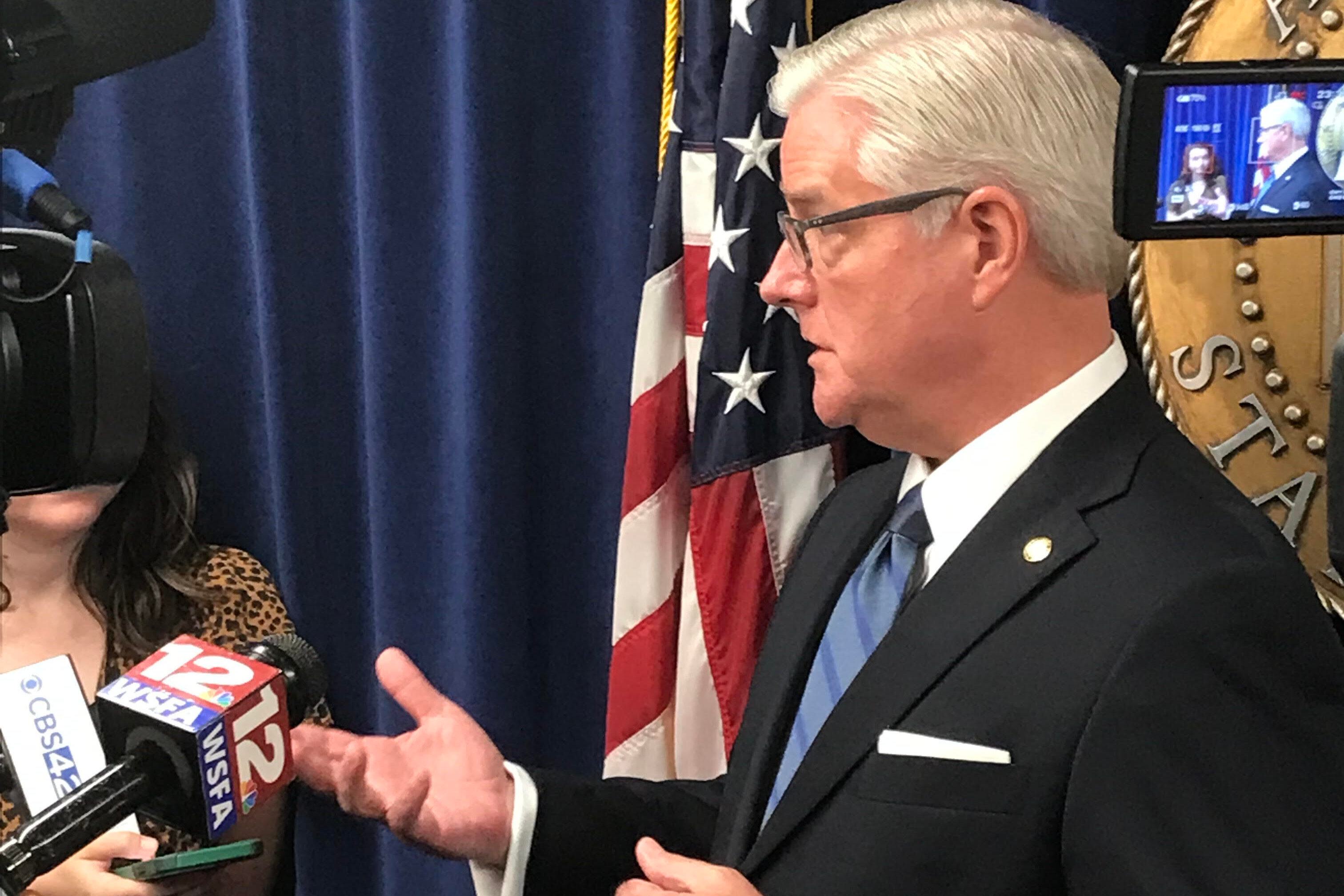MONTGOMERY — House and Senate Republicans continued negotiating over congressional redistricting maps on Thursday.
Copies of the competing plans passed by the House and Senate committees on Thursday morning can be viewed here.
Senate President Pro Tem Greg Reed (R-Jasper) said on Thursday negotiations centered around how to weigh three aspects of redistricting: district compaction, voting population, and keeping communities of interest together.
“There’s more work to be done but it is certainly my goal and I know the goal of the members of the Senate that we get it done by the deadline,” Reed said on Thursday. “I think we’re certainly going to see a combination. We know where the House is. At this point, they’ve passed a map. We know where the Senate is. They passed a map. So, what are the differentials between those two maps? Obviously, in a negotiated scenario in which we find ourselves, we try to understand what are the elements that we can all agree on. They’re many and vary, but what are the few elements (where we disagree) and it’s basically related to the percentages of those three different elements that the court said are things that you should consider. So, what’s the weighted percentage and I think that’s the differential and that’s what we’ll continue to see as we negotiate and talk to our colleagues about what we think is best.”
If a compromise happens, a conference committee will likely be called on Friday to announce the new plan. A conference committee is made up of six members, two Republicans and one Democrat each from both the House and Senate who meet to try to come to an agreement on a bill if both chambers don’t agree on how to proceed.
“There is a good chance this goes to conference,” House Speaker Nathaniel Ledbetter (R-Rainsville) told 1819 News on Wednesday. “We’ve been working closely with Senate leadership on reaching an agreement on the maps and we feel confident that we can have a solid compromise before we leave here Friday.”
Democrats oppose both plans passed by the House and Senate because they say neither plan has a high enough black voting-age population in the second congressional district to elect two minority representatives to Congress in Alabama. The House plan has a black voting age population of around 42%. The Senate plan has a black voting age population of around 38%.
The U.S. Supreme Court upheld with a 5-4 vote in June a lower court's decision to require the Alabama Legislature to redraw their congressional districts passed in 2021 to include a second majority-black congressional district or a district with a high enough black voting age population where a minority representative could possibly be elected.
Alabama's seventh congressional district is currently the only majority-black congressional district in Alabama. It is held by U.S. Rep. Terri Sewell (D-Birmingham).
Legislators have until Friday to meet a court-ordered deadline to pass a new congressional map for the 2024 election.
To connect with the author of this story or to comment, email caleb.taylor@1819News.com.
Don't miss out! Subscribe to our newsletter and get our top stories every weekday morning.










